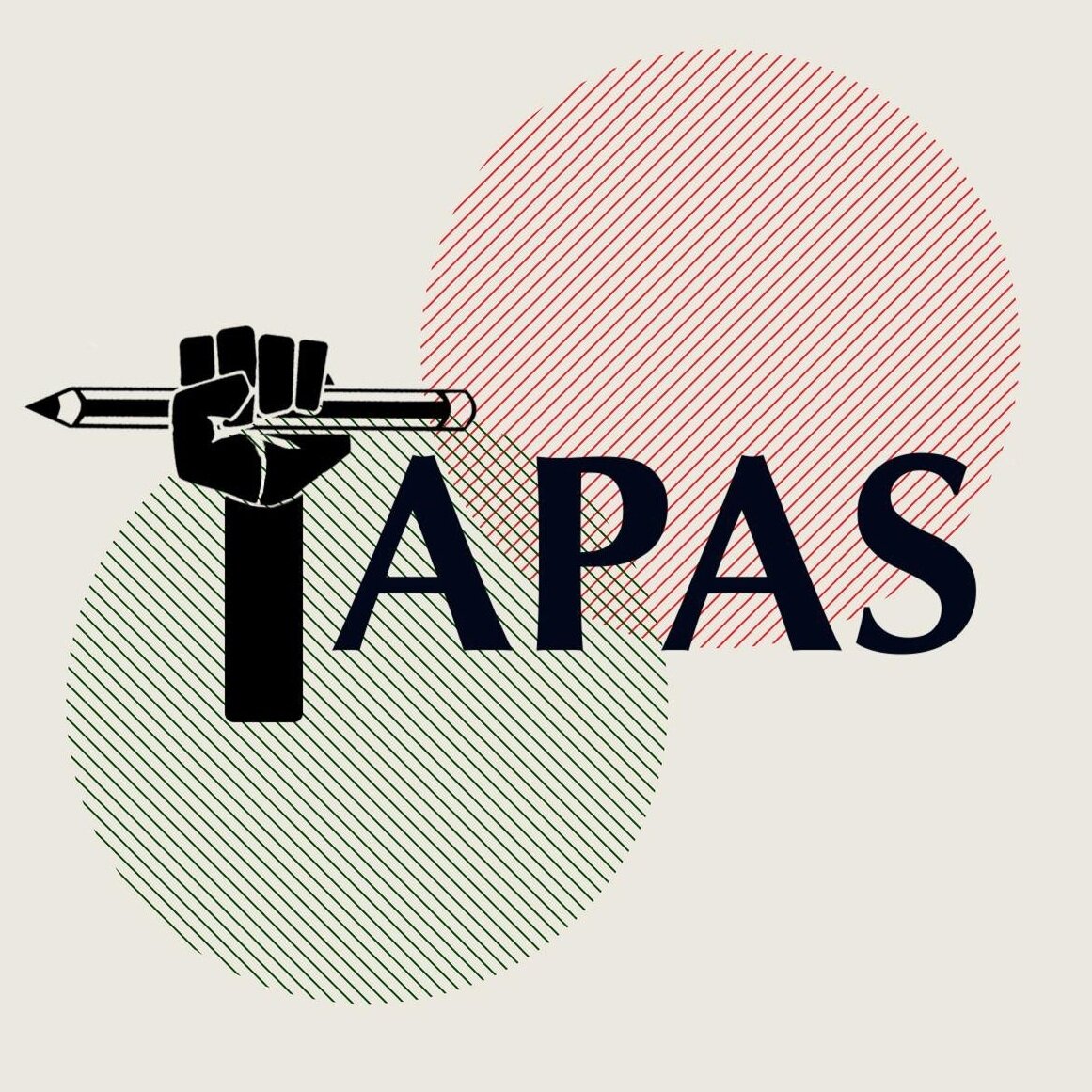Liren Ma - "Too Much Bubble Tea": The Promise and Pearls of Minority Gentrification
In mainstream media accounts, gentrification is usually portrayed as a monolithic process of wealthy, college-educated whites moving into historically underinvested neighborhoods and displacing longtime, low-income minority residents. However, in the past couple of decades, there has been a growing number of low-income minority neighborhoods experiencing dramatic influxes in gentrifiers of the same race. The literature on minority gentrification has focused on whether this phenomenon leads to different outcomes for vulnerable neighborhoods than white gentrification does. In this thesis, I further test claims that minority gentrifiers can mitigate the negative consequences of gentrification and amplify the positive outcomes of economic development. First, using Census and ACS data on the fifty largest metropolitan areas from 1980-2017, I find little evidence that the arrival of minority gentrifiers is associated with lower rates of displacement than the arrival of white gentrifiers, but I find some evidence that minority gentrifiers are associated with improved socioeconomic conditions for same-race minority populations in the neighborhood. Next, through 24 semi-structured interviews with minority gentrifiers and community leaders in two neighborhoods in New York City, I find that minority gentrifiers contribute in substantial ways to the economic, political, and social well-being of minority neighborhoods while also exhibiting interests that align them against poor and working-class minority neighbors.
Full Thesis
